1. Neuron Count: Dogs Take the Lead
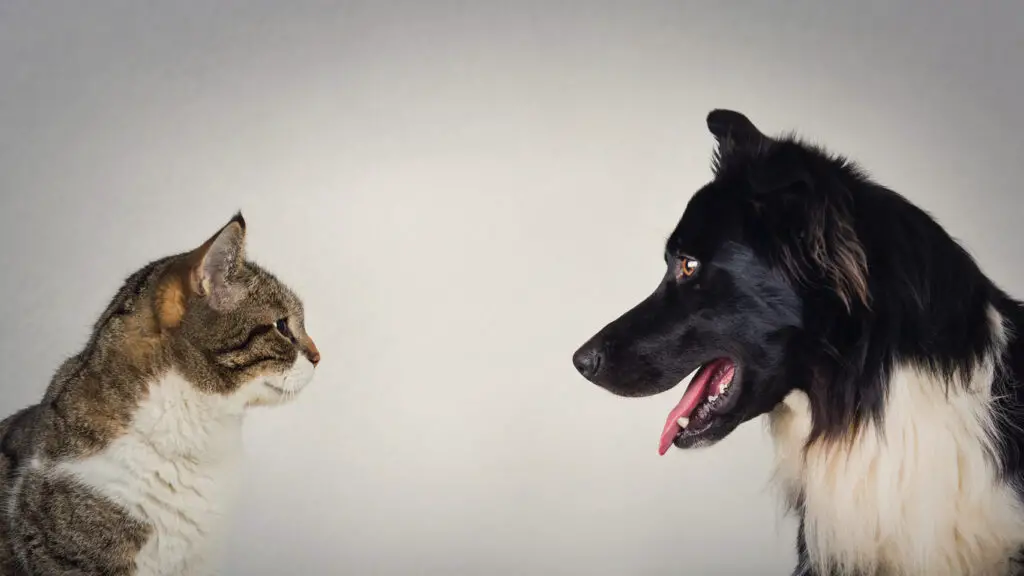
Dogs have a cognitive edge when it comes to brain cell count. A 2017 study by neuroscientist Dr. Suzana Herculano-Houzel revealed that dogs have about 530 million neurons in their cerebral cortex, compared to cats’ 250 million. “Neurons are the information-processing units in the brain,” explains Dr. Herculano-Houzel. “The more neurons an animal has in the cerebral cortex, the more cognitively capable it is.”
This neuronal advantage might explain why dogs like Chaser, the border collie, can learn over 1,000 words, while the average dog understands about 165. Surprisingly, both cats and dogs outperform some larger animals in neuron count. A golden retriever’s brain packs more cognitive punch than a lion’s or hyena’s! However, Dr. Herculano-Houzel cautions, “While neuron count is a good indicator of cognitive capability, it’s not the only factor in determining intelligence.”
2. Problem-Solving: Cats Outsmart the Competition

When it comes to problem-solving, cats show remarkable independent ingenuity. Dr. Ádám Miklósi, a leading expert in animal behavior, notes, “Cats excel at solving novel problems and show a high level of behavioral flexibility.” In one study, cats outperformed dogs in opening complex puzzle boxes to retrieve food rewards, demonstrating their ability to think outside the box – literally!
Dr. Miklósi’s research reveals that cats often approach problems differently than dogs. “While dogs tend to look to humans for help, cats typically attempt to solve problems on their own,” he explains. This independent problem-solving ability is evident in cats’ everyday behavior, from figuring out how to open doors to manipulating objects in their environment. However, Dr. Miklósi adds, “This doesn’t necessarily mean cats are smarter than dogs. They simply have different cognitive strengths shaped by their evolutionary history.”
3. Social Skills: Dogs Are the Social Butterflies
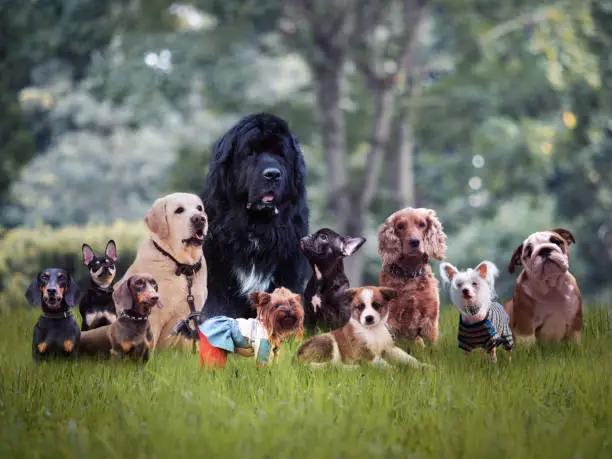
Ever feel like your dog just “gets” you? There’s a reason for that! Dogs have evolved to be the Sherlock Holmes of the animal world when it comes to reading human emotions. A study from the University of Helsinki found that dogs can understand human gestures as well as a 2-year-old child. That’s right, your furry friend might be on par with a toddler when it comes to following your pointing finger!
But don’t write off your cat as a social dummy just yet. While they might not come running when you call (unless it’s dinner time), cats are secretly studying your every move. Research from Oakland University revealed that cats can recognize their names and even distinguish their owner’s voice from a stranger’s. It’s like they have a built-in caller ID! And, a 2015 study showed that cats react differently based on their owner’s facial expressions. They’re more likely to approach when you’re smiling and might give you the cold shoulder when you’re frowning.
4. Memory: Cats Have the Upper Paw

Ever wonder why your dog gets so excited when you pick up their leash, even if you haven’t walked them in days? It’s because dogs have an incredible episodic memory – they can recall specific events and commands like a living, breathing diary. A study in Current Biology found that dogs can remember complex actions their owners performed up to an hour after they’ve seen them. It’s like they’re constantly playing a game of “Simon Says” in their heads!
Cats, on the other hand, are the kings and queens of short-term memory. A study published in Applied Animal Behaviour Science found that cats outperformed dogs in tests of short-term memory and object permanence. In one experiment, cats remembered the location of a hidden toy for up to 16 hours, while dogs typically forgot after about 5 minutes.
5. Emotional Intelligence: It’s a Furry Draw

Ever notice how your pet seems to know when you’re feeling down? Both dogs and cats have impressive emotional intelligence, but they show it in different ways. Dogs are often called “man’s best friend” for good reason. A study from Emory University found that dogs can recognize human emotions by combining information from different senses. For example, a golden retriever, might notice his owner’s slumped shoulders, hear their sad tone of voice, and immediately come over to offer a comforting paw or a cuddle. Dogs have even been known to alert their owners to health issues before symptoms become noticeable!
Cats, while often seen as aloof, are more in tune with our emotions than we might think. Research from Oakland University showed that cats can distinguish between their owner’s happy and angry voices. Fluffy might not rush to your side when you’re upset, but you might notice her quietly sitting nearby, offering silent support. Some cats even “nurse” their owners when they’re sick, staying close and purring, which has been shown to have healing properties.
6. Trainability: Dogs Are the Star Pupils
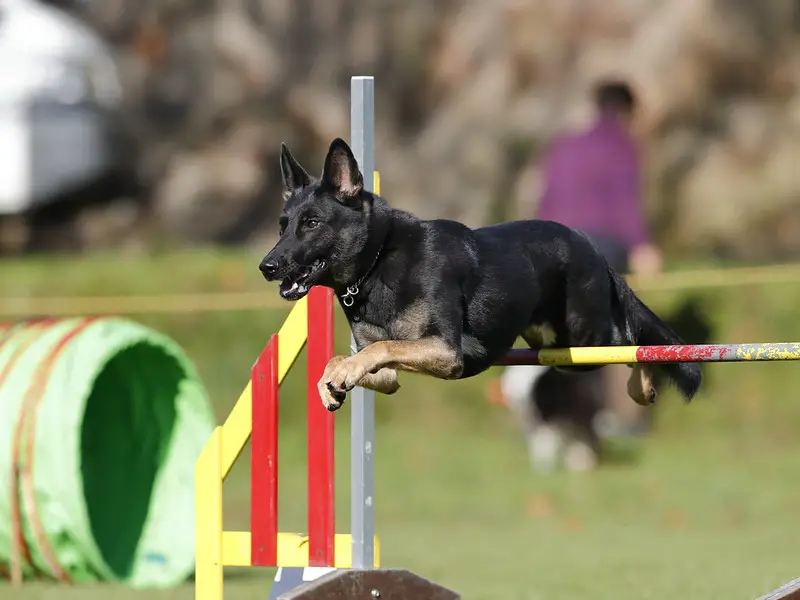
When it comes to learning new skills, which pet is the star pupil? Let’s see how our furry friends stack up in the training department. Dogs are renowned for their trainability. Border Collie Chaser famously learned over 1,000 words, showing just how much dogs can learn. Even average pups can master dozens of commands. Take Buddy, a Labrador who learned to fetch specific items from another room on command. Dogs’ eagerness to please their owners often makes training a breeze.
Cats, contrary to popular belief, can be trained too – they just have a different learning style. Clicker training has proven effective for teaching cats tricks. Sushi, a Siamese cat, learned to give high-fives and jump through hoops using this method. However, cats are often more motivated by rewards than praise and may choose when to perform their tricks.
7. Sensory Abilities: A Nose-to-Whisker Tie

Our pets experience the world in ways we can hardly imagine. Dogs are renowned for their incredible sense of smell. A dog’s nose contains up to 300 million olfactory receptors, compared to a human’s mere 6 million. This super-sniffing ability allows dogs like Tracker, a bloodhound, to follow a scent trail that’s several days old. Dogs can even be trained to detect diseases like cancer or predict epileptic seizures through smell alone!
Cats, on the other hand, are visual and auditory specialists. They can see in light six times dimmer than what humans need, thanks to extra rods in their retinas. Whiskers, a tabby cat, can navigate through a pitch-dark room with ease, sensing air currents with his sensitive whiskers. Cats can also hear ultrasonic sounds, including the high-pitched squeaks of mice, which humans can’t detect at all.
8. Adaptability: Dogs Edge Ahead

When it comes to adapting to new environments, both dogs and cats show impressive skills. Dogs have been bred for various environments and purposes, showing remarkable adaptability. From Arctic sledding to desert herding, dogs have proven they can thrive almost anywhere. Take Rocky, an Australian Shepherd who moved from a farm to a city apartment. Within weeks, he had adjusted his herding instincts to “shepherd” his toys into neat piles and learned to use a pee pad on the balcony.
Cats are known for their independent nature, which serves them well in adapting to new situations. They’re territorial creatures but can quickly make themselves at home in new spaces. Luna, a rescue cat, went from living on the streets to becoming a pampered indoor pet. She quickly figured out how to use a litter box and even learned to sleep in a cat bed instead of in cardboard boxes.
9. Communication: Dogs Bark Up the Right Tree

Dogs are known for their varied vocalizations. From playful barks to warning growls, they have a wide range of sounds to express their needs and emotions. Studies have shown that humans can often correctly interpret the meaning behind different dog barks. For example, a short, sharp bark might mean “alert,” while a softer, higher-pitched bark could signal excitement or a desire to play. Dogs also use body language extensively, with tail wags, ear positions, and facial expressions all conveying different messages.
Cats, while generally quieter than dogs, have their own complex communication system. They have over 100 different vocalizations, from the standard “meow” to chirps, trills, and purrs. Each sound can have multiple meanings depending on the context. Cats also use body language, particularly their tails, to communicate. A straight-up tail with a slight curve at the end is often a friendly greeting, while a puffed-up tail signals fear or aggression. Interestingly, adult cats rarely meow at each other, reserving this vocalization primarily for communicating with humans.
10. Learning Speed: A Photo Finish

When it comes to picking up new skills, both dogs and cats can be quick learners, but their approaches differ. Dogs often excel in task-oriented learning, especially when it comes to commands and tricks. A study published in the journal Animal Cognition found that dogs can learn a new command in as little as 5 repetitions and remember it for two months or more. This quick uptake is one reason why dogs are so often used in service roles, from guide dogs to search and rescue.
Cats, while not typically associated with “trainability” in the same way as dogs, can learn quickly when motivated. They’re particularly adept at learning through observation. A study in Animal Cognition showed that cats can learn new skills by watching other cats perform them. This ability extends to observing humans too. For instance, many cat owners report their felines figuring out how to open doors or cabinets just by watching their humans do it a few times. While cats might not be as quick to learn commands as dogs, their observational learning skills are impressive.
11. Mental Flexibility: Both Shine in Their Own Ways
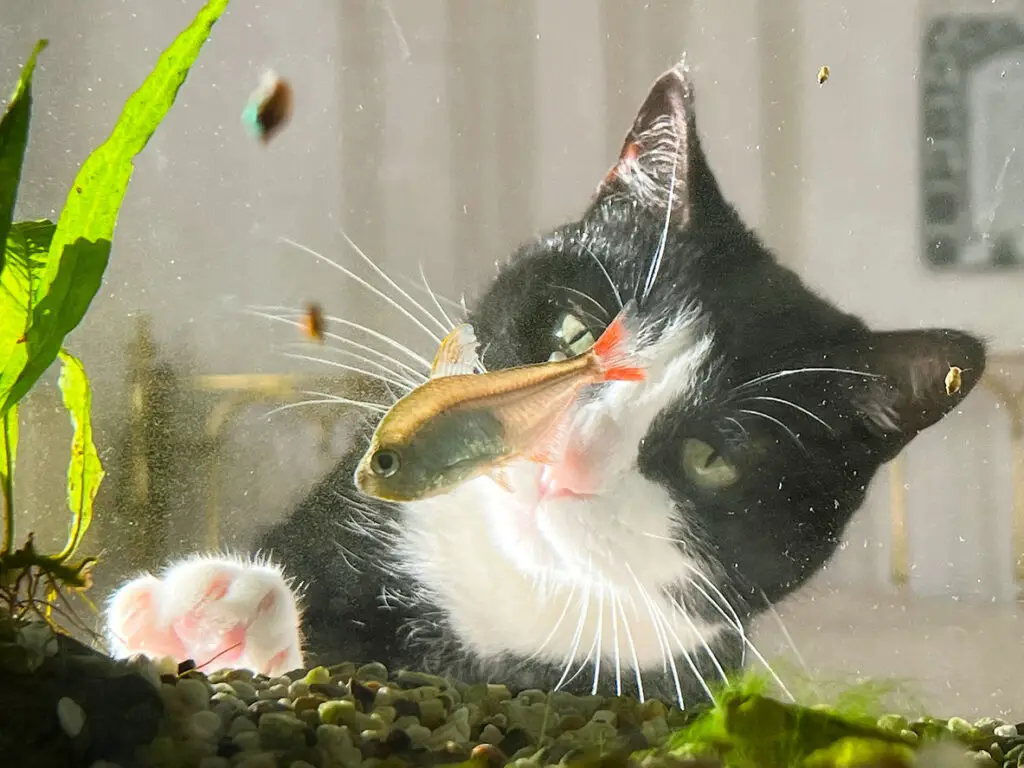
Cognitive flexibility refers to the ability to adapt thinking or attention in response to changing goals or environmental stimuli. In this area, both dogs and cats show impressive capabilities. Dogs demonstrate cognitive flexibility in various ways, such as quickly adapting to new rules in training exercises. A study in Scientific Reports showed that dogs can flexibly use human pointing gestures and prior experience to solve new tasks. This adaptability is part of what makes dogs such versatile working animals, capable of learning complex sequences of behaviors for roles like herding or assistance.
Cats also exhibit cognitive flexibility, often in ways that highlight their problem-solving skills. A study published in Animal Cognition found that cats can adapt their behavior based on human facial expressions, showing they can flexibly respond to social cues. Cats are also known for their ability to find creative solutions to problems, like figuring out new ways to access food or toys. This flexibility might be partly due to their solitary hunting nature in the wild, which requires adaptability to catch different types of prey.
12. Understanding Humans: Dogs Read Us Like a Book

Dogs have long been celebrated for their ability to understand and respond to human social cues. Research has shown that dogs can follow human pointing gestures, understand human attentional states, and even show some level of perspective-taking. A study in the journal Learning & Behavior found that dogs can distinguish between human emotional expressions, responding differently to happy vs. angry faces. This deep understanding of human communication is likely a result of thousands of years of domestication and close cooperation with humans.
Cats, while often perceived as less socially attuned than dogs, also show impressive social cognition skills. A study published in Animal Cognition revealed that cats can follow human pointing gestures to find hidden food, a skill once thought to be primarily a dog trait. Cats have also been shown to recognize their owners’ voices and respond differently to them compared to strangers’ voices. While cats might not be as overtly responsive to human cues as dogs, they do pay attention and can understand more than we often give them credit for.
Overall Intelligence: Too Close to Call
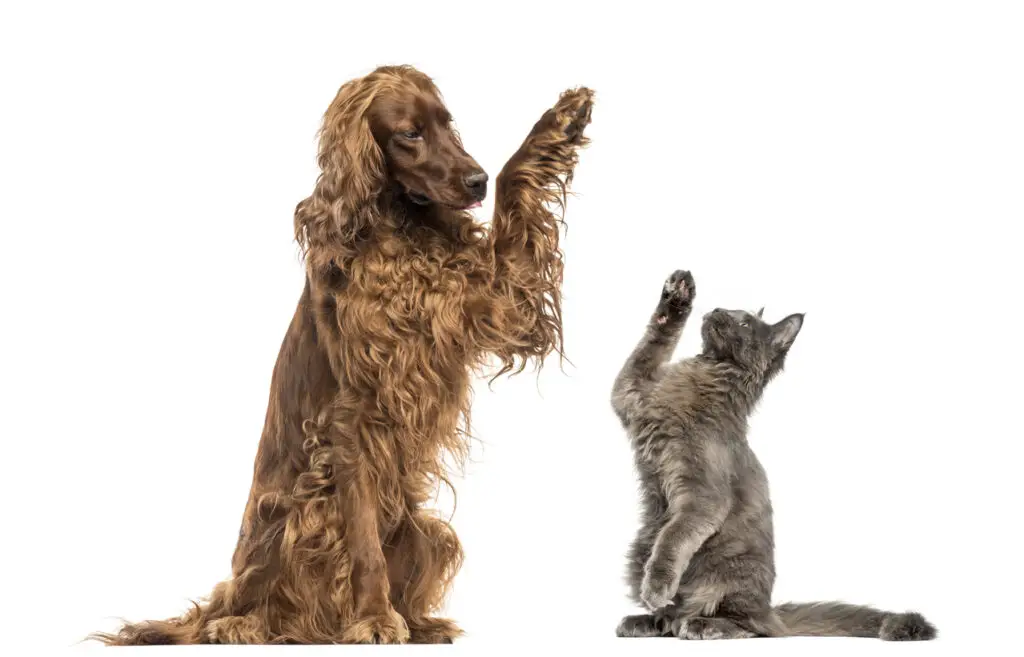
In conclusion, both dogs and cats exhibit remarkable intelligence, each excelling in different areas. Dogs are social creatures, thriving in social cognition, trainability, and long-term memory, while cats showcase their strengths in problem-solving, short-term memory, and independence. Rather than comparing them directly, it’s essential to appreciate how each species has evolved unique cognitive abilities suited to their lifestyles. Ultimately, whether you prefer the loyal companionship of a dog or the independent spirit of a cat, both animals enrich our lives with their intelligence and charm.


